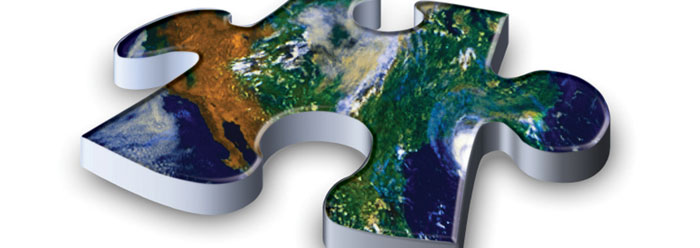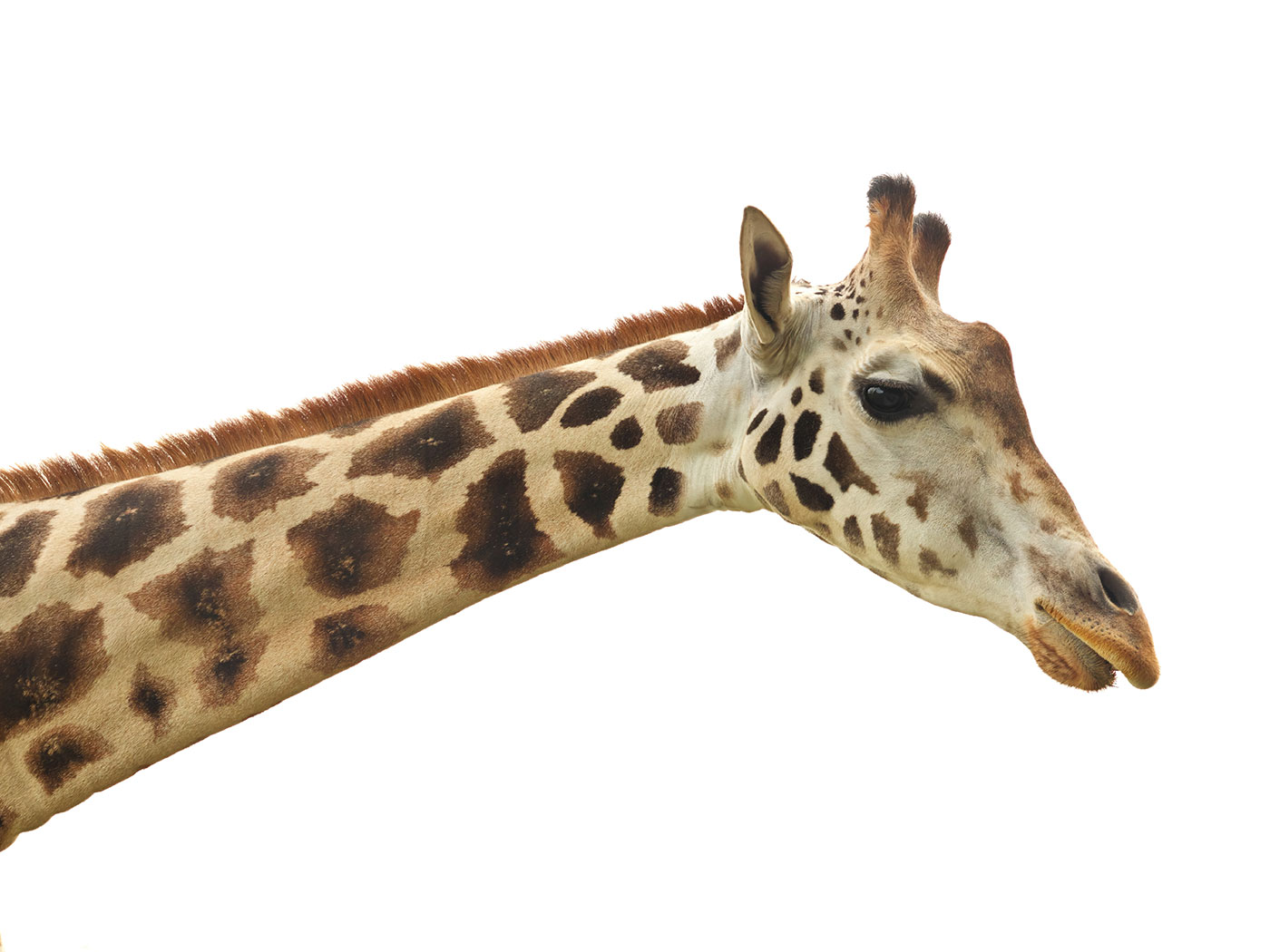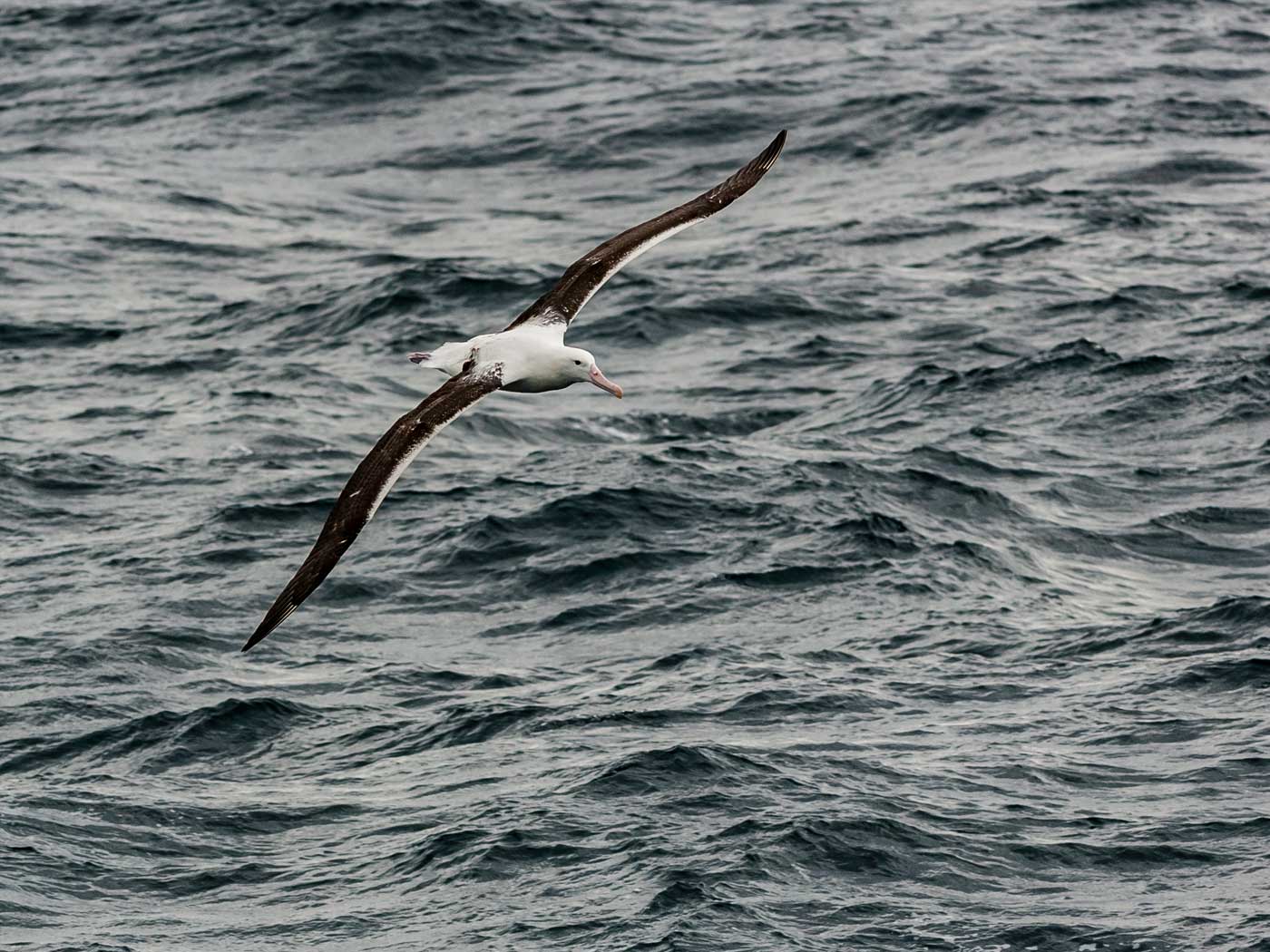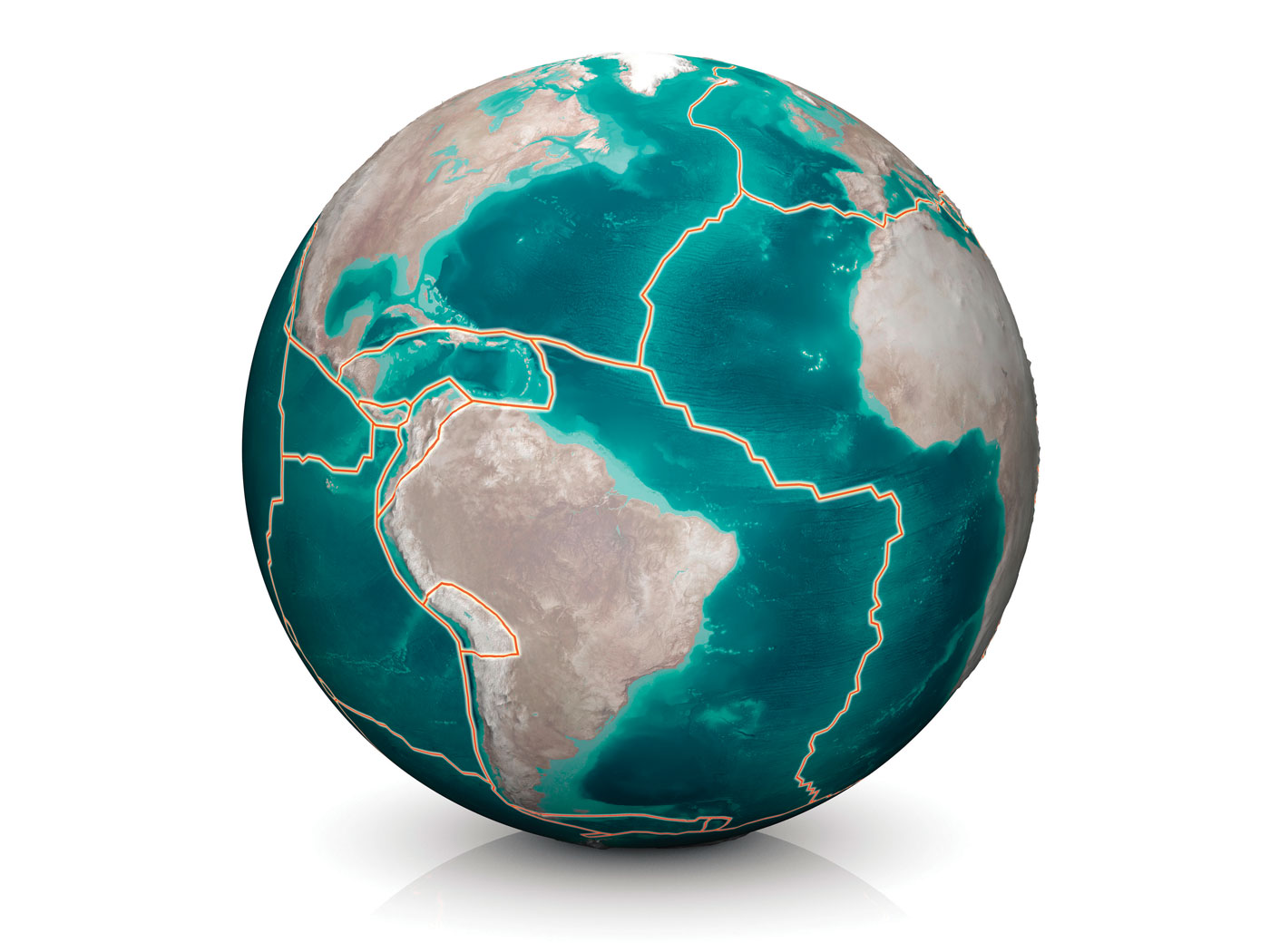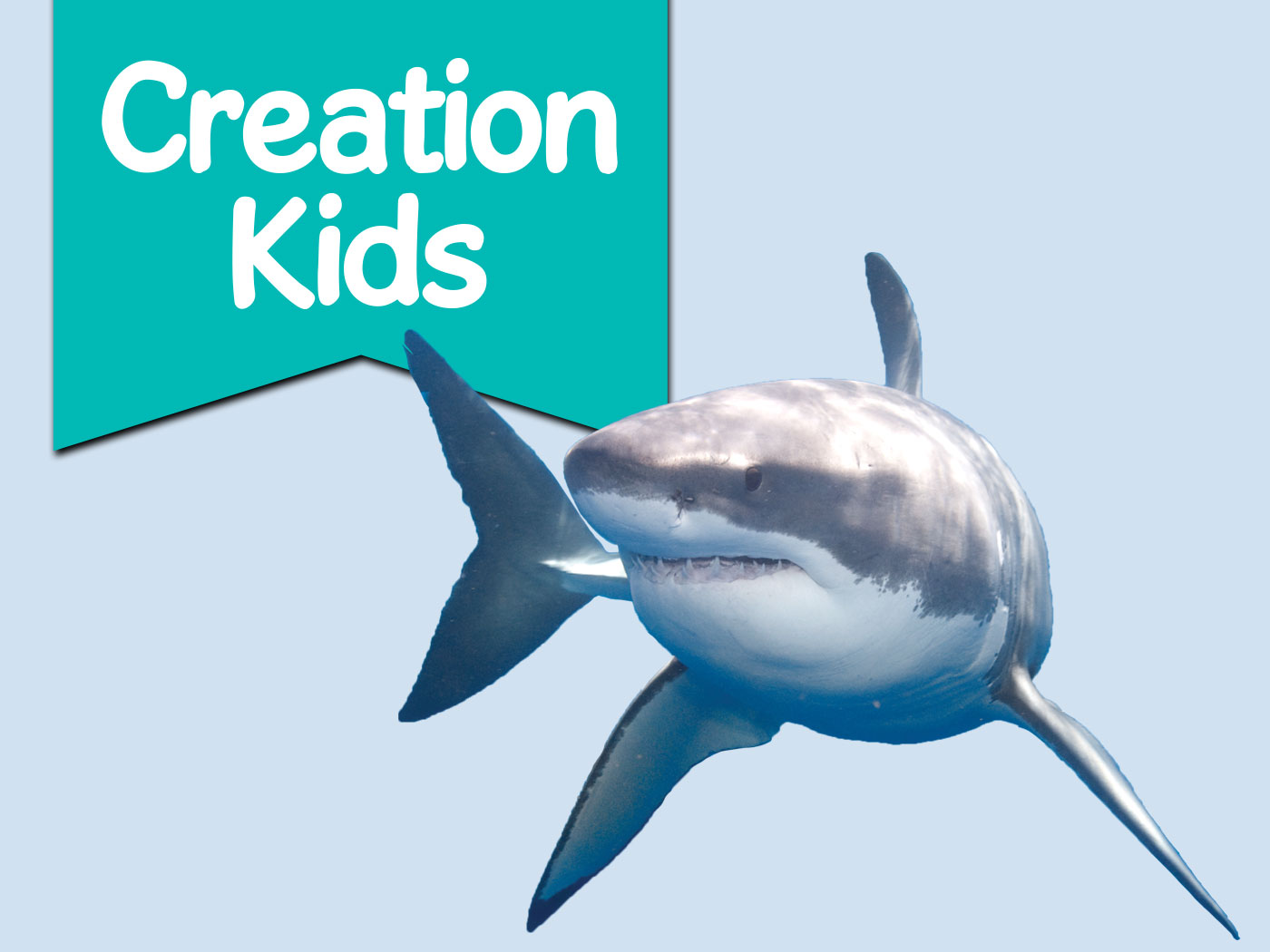“You alone are the LORD; You have made heaven, the heaven of heavens, with all their host, the earth and everything on it, the seas and all that is in them, and You preserve them all. The host of heaven worships You.”1
A total solar eclipse is an incredible celestial event!
God has designed our solar system such that our moon sometimes moves between Earth and the sun in an incredible display called an eclipse. This will happen on April 8th of this year.
Specifically, the sun’s rays will be completely blocked by the moon in a total solar eclipse as the moon slowly moves between the sun and the earth. When this happens, a shadow will be cast on parts of Earth. This will be visible to millions of people in Mexico, the United States, and far-eastern Canada (the next total solar eclipse will be in 2106).
What is the difference between April’s eclipse compared to the last eclipse in 2017?
Compared with the last total eclipse that crossed the United States, in 2017, this year’s total eclipse will last longer, the sky will fall darker, and the sun itself will put on a much livelier show. And millions more people will be able to step outside their front doors to see one of the most astounding astronomical events of their lives.2
Total solar eclipses are particularly impressive and rare because the moon only perfectly covers the sun when the moon is near perigee, the point of the moon’s orbit closest to Earth. In addition, “A particularly active sun will make for spectacular viewing and science opportunities,” stated James Riordon of Science News.2 Because of the sun’s greater activity level, the sun’s outer atmosphere, the corona, will likely be a spectacular sight.
Experiencing totality only happens in a narrow path across the surface of the earth, though the partial solar eclipse will be seen over a surrounding area thousands of miles wide. The longest period of this totality event will be in Durango and Coahuila, Mexico, lasting four minutes and 28 seconds. It is estimated that over 30 million Americans will be in the path of totality since the eclipse will be seen in parts of some 15 states.
Creation evidence is seen in this amazing relationship between the sun, Earth, and moon. Earth is the only known planet in our solar system that can experience these eclipses where the sun is so precisely covered by the moon. And Earth is the only place in our solar system that has observers such as ourselves who can appreciate these eclipses!
One might be wondering, “What is the difference between a solar eclipse and a lunar eclipse?”
A rule of thumb is the difference in the name. The name tells you what gets darker when the eclipse happens. In a lunar eclipse, the moon gets darker. In a solar eclipse, the sun gets darker. Lunar eclipses are common, occurring every few years. They happen when the earth is between the sun and the moon—when the moon is in full phase. You may have heard about blood moons. This happens when the moon is fully eclipsed, shining a dull red. The moon’s red color is the result of Earth’s atmosphere bending the sunlight around the earth to highlight red colors like those we see at sunset.
Solar eclipses also happen fairly often, but their visibility from Earth is very limited, making them special when opportunity allows one to encounter them, especially total solar eclipses.
Another difference between lunar and solar eclipses is that it is safe to watch lunar eclipses, but eye damage or blindness can result from viewing the sun directly without appropriate eye protection, even during most of a solar eclipse. Sunglasses aren’t sufficient; special certified eclipse glasses are needed to safely view the eclipse. The only time it is safe to directly observe the sun without eclipse glasses is during totality itself, when the sun’s disk is completely obscured by the moon. ICR has published a booklet entitled Unlocking Eclipses: What to Look For, How to View Them, and Why They Matter. This resource presents the details your family will need to know for eclipse day.
On April 6th, ICR will sponsor the Great American Solar Eclipse in Forney, TX, to prepare for and learn about the total eclipse happening on April 8th. There will be hands-on activities, games, breakout sessions, and food trucks. It promises to be quite an event with special guests including NASA astronauts Col. Jeff Williams and Gen. Charlie Duke, a member of the Apollo space program and the youngest man to walk on the Moon. Openings are still available, but you must register online to attend. Additional details can be found at ICR.org. We hope to see you there!
References
- Nehemiah 9:6.
- Riordon, J. Why the 2024 total solar eclipse will be such a big deal. Science News. Posted on sciencenews.org January 4, 2024, accessed March 17, 2024.
Stage image: Time-lapse of total solar eclipse
Stage image credit: Copyright © Callan Carpenter. Used in accordance with federal copyright (fair use doctrine) law. Usage by ICR does not imply endorsement of copyright holder.





